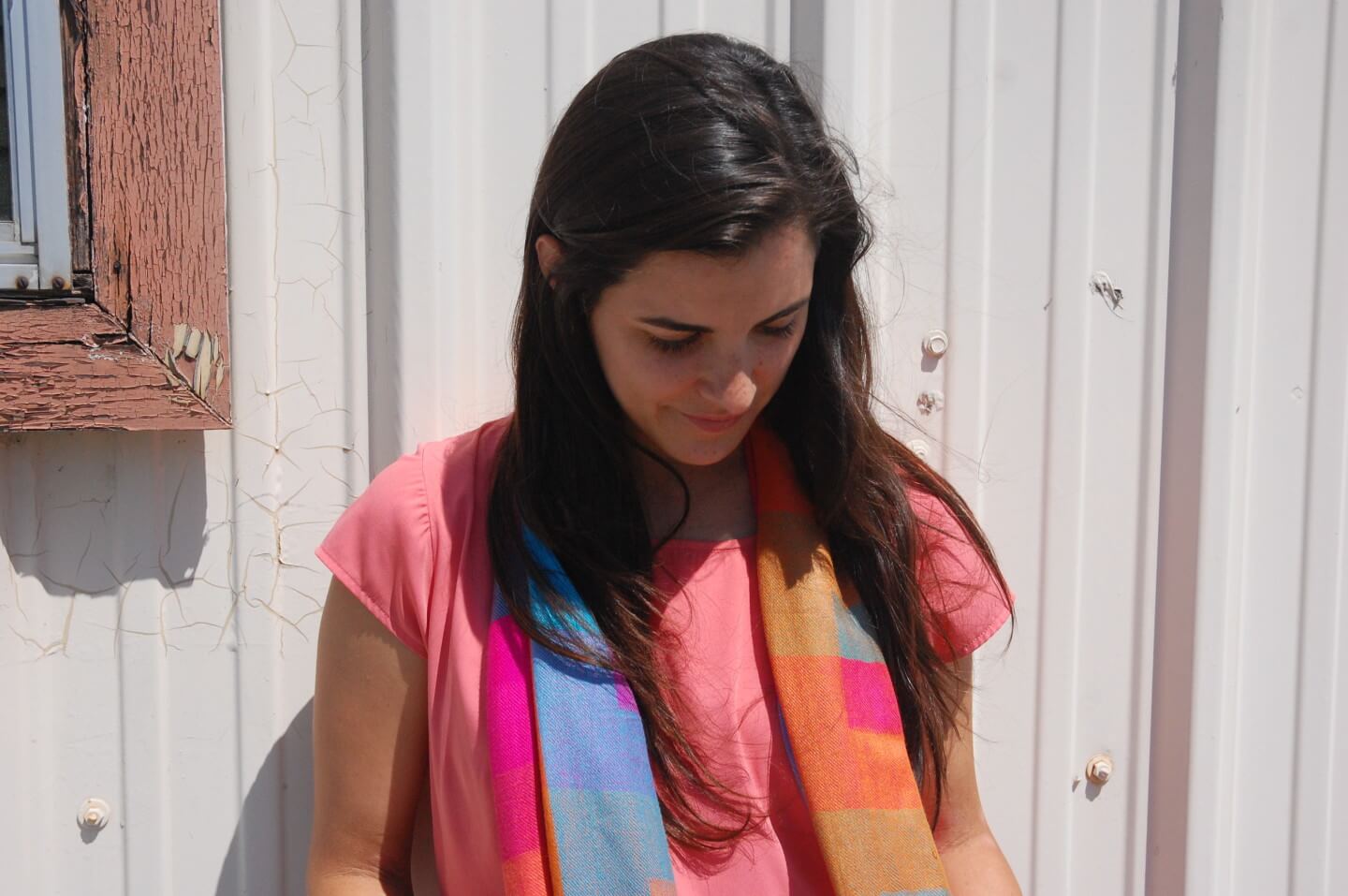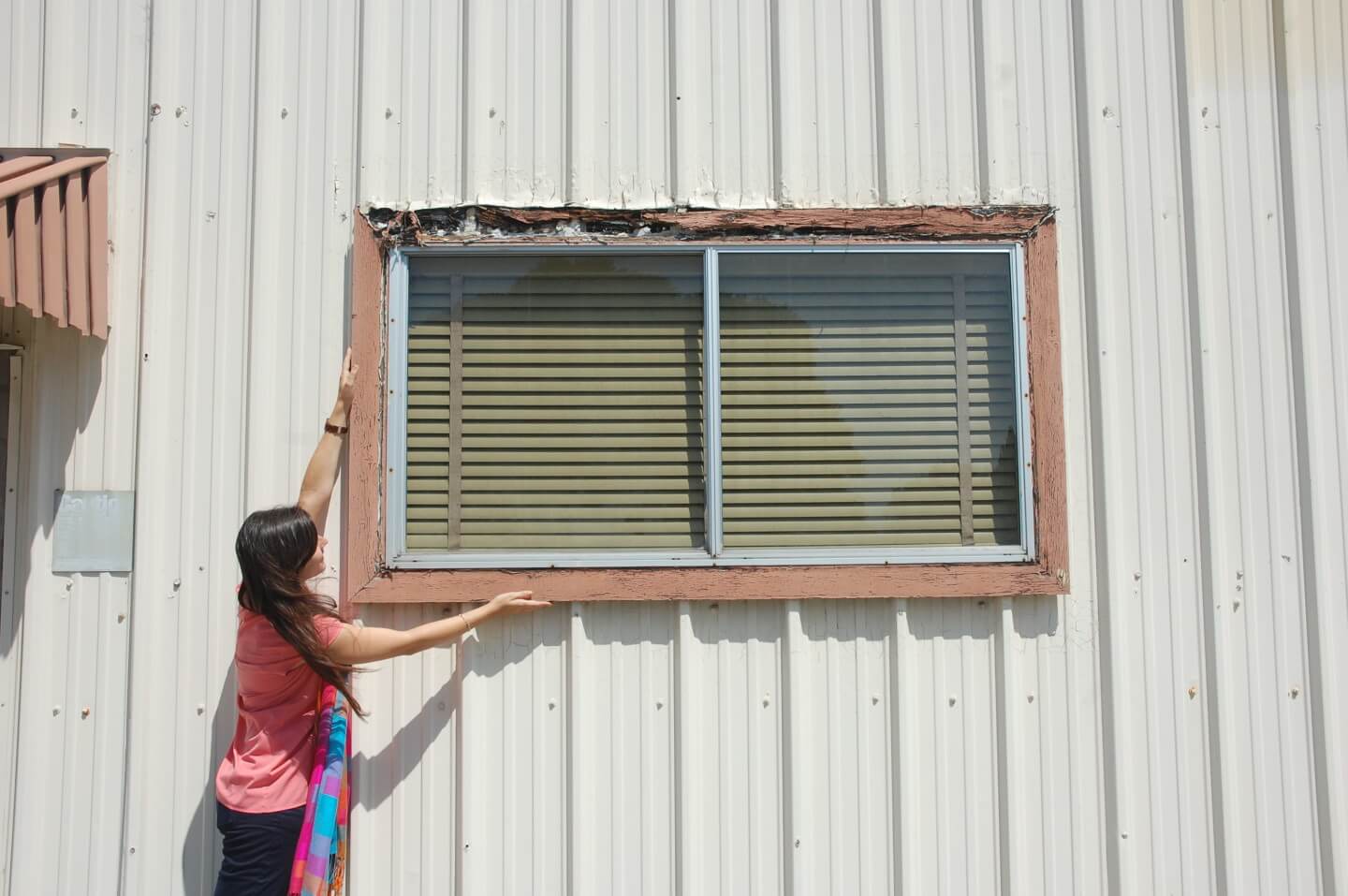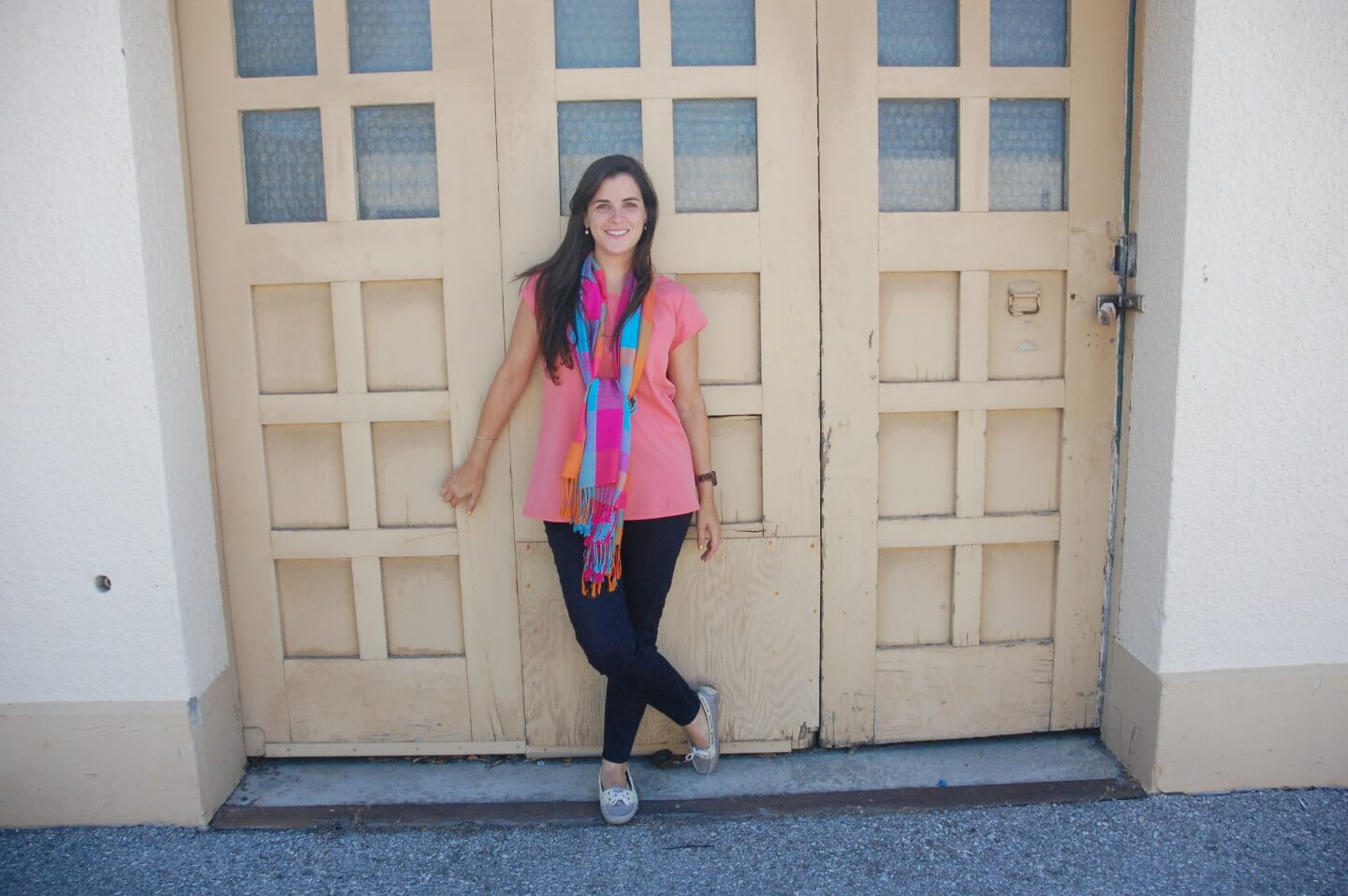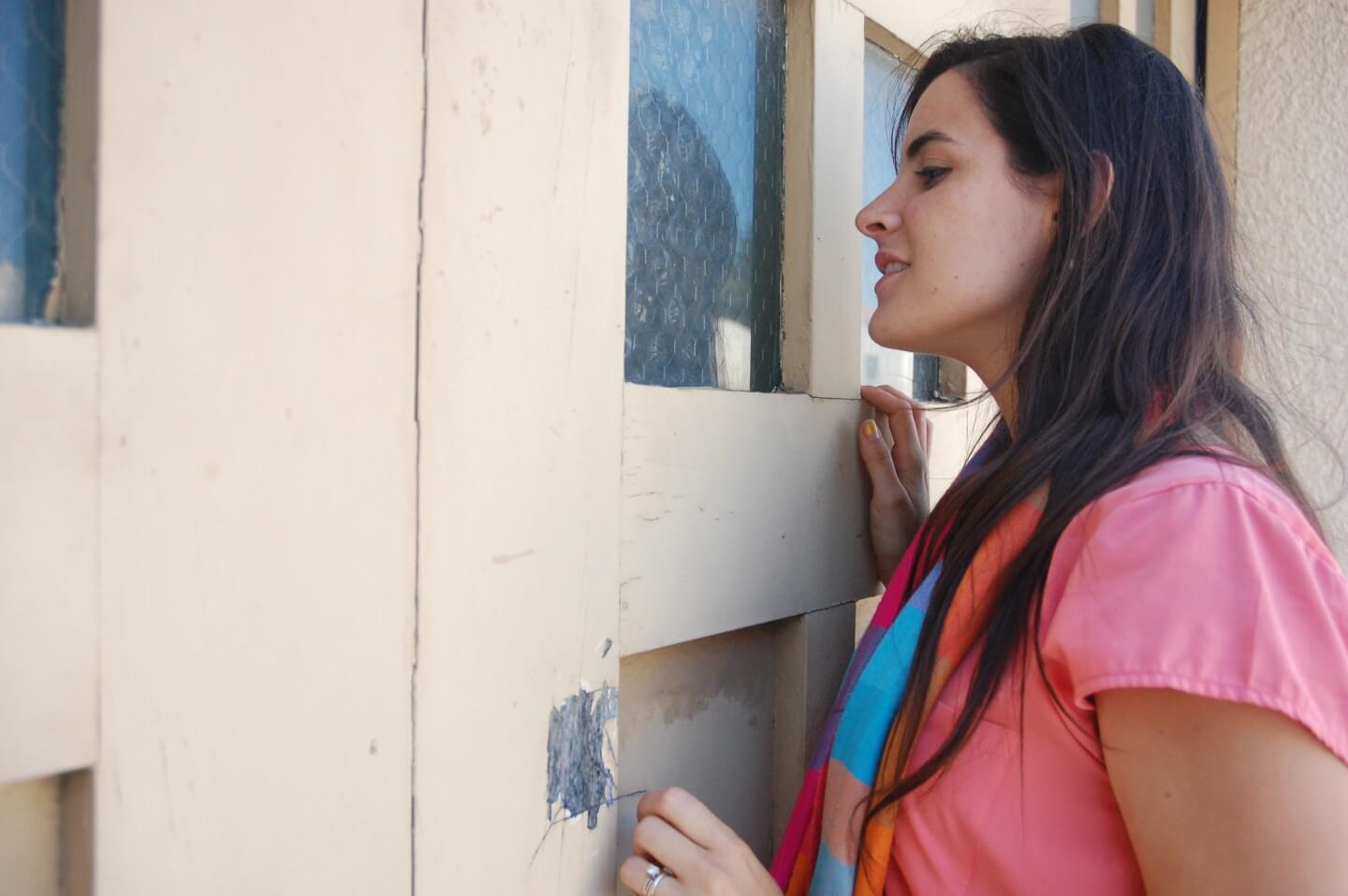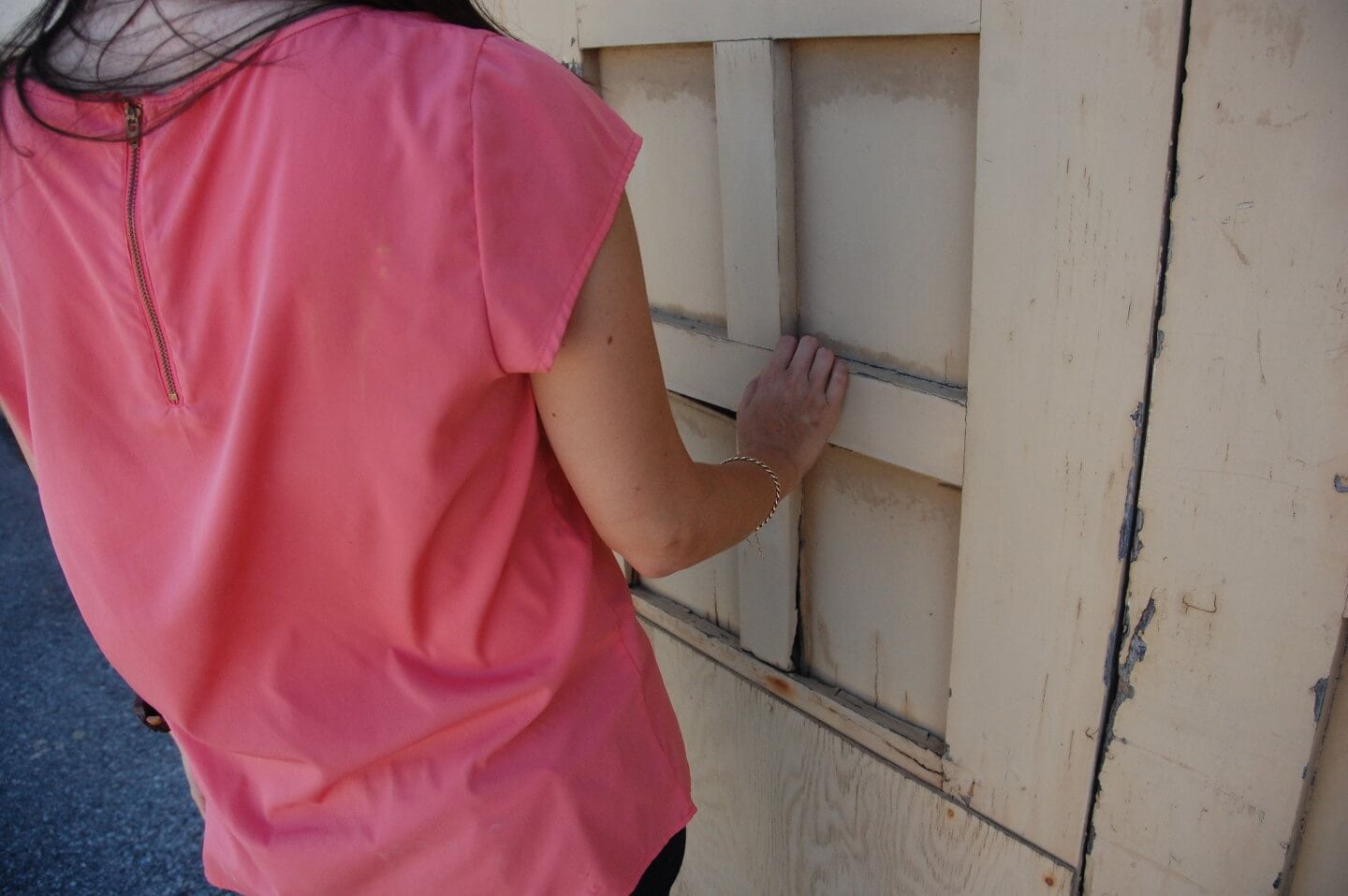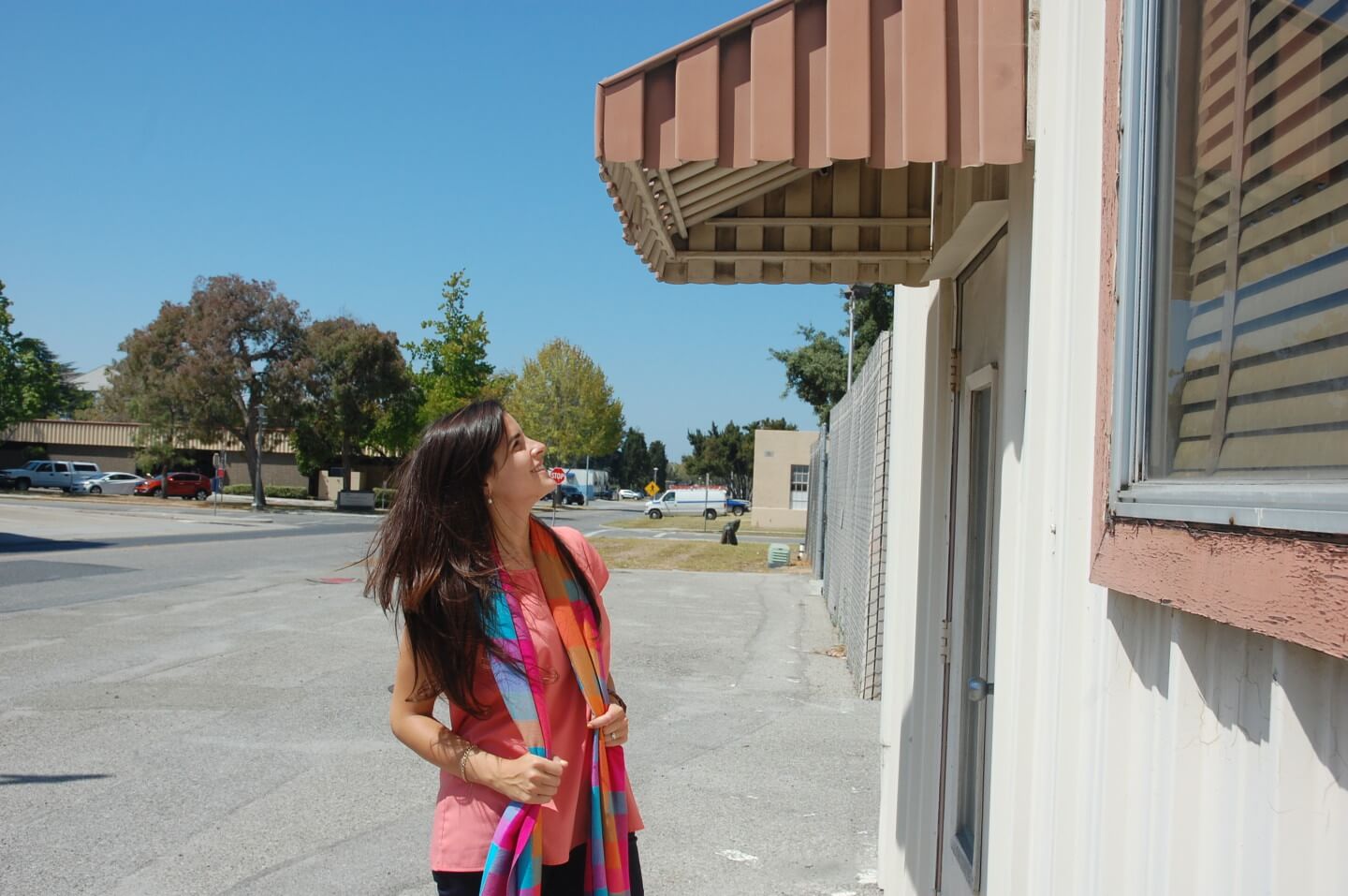Ana Cecilia Benatuil: Architect, Urbanist, Entrepreneur
Graduate Studies Program 2015 Graduate
Venezuela and Miami, FL
Born and raised in Venezuela, Ana Cecilia Benatuil grew up in close contact with the diverse natural environments of her country before moving to Miami, Florida 12 years ago—a juxtaposition that has infused Ana’s studies and work in sustainable architecture and urban design.
“Miami is a completely different spatial experience. I live in the suburbs and commute to the city, which helped me realize that we have to close that gap.”
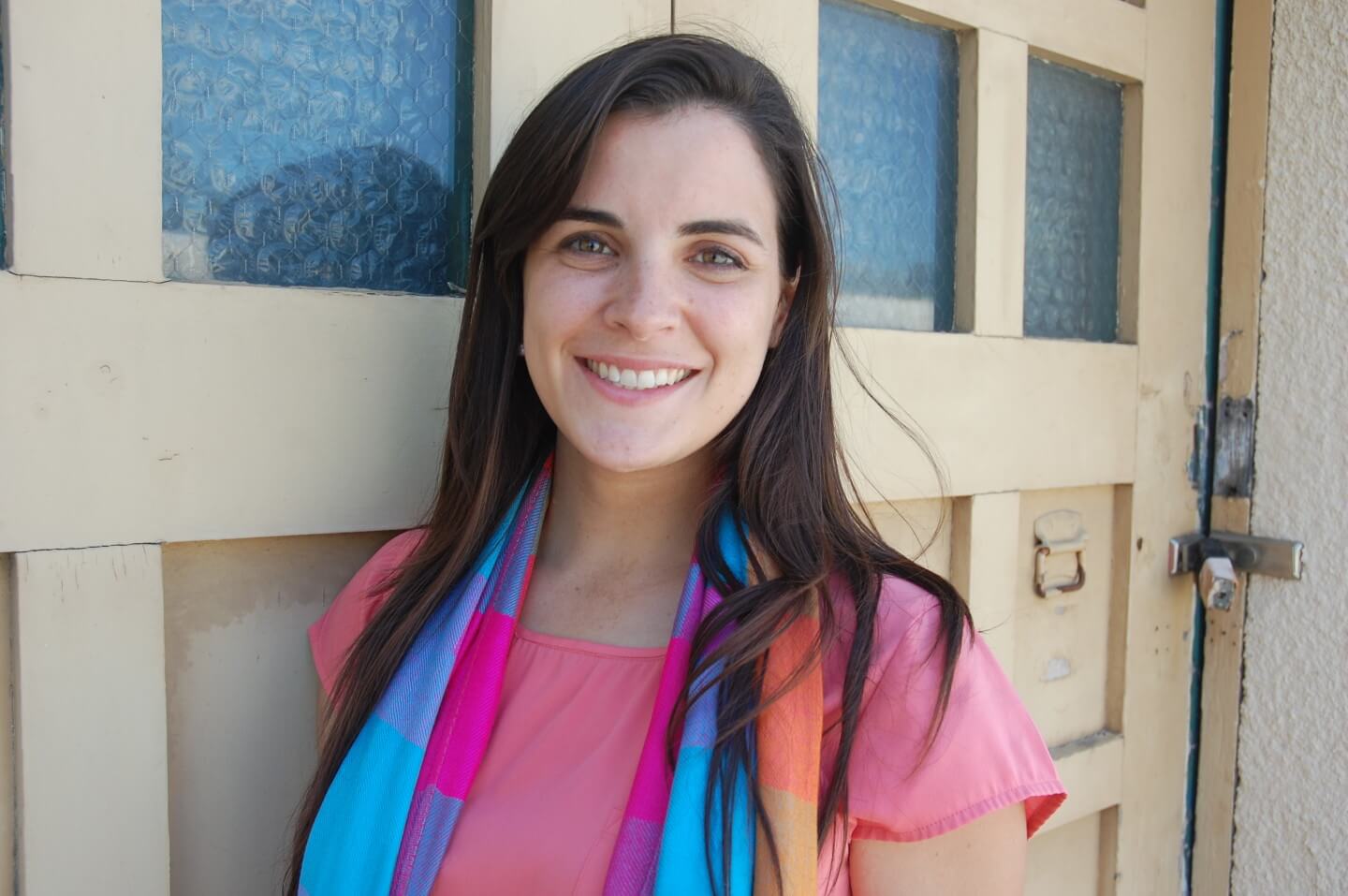
Ana observes spaces through a unique lens and has a passion for examining how humans live in relationship with material. She sees cities and buildings as opportunities to be wellness generators and for technology to help reintegrate nature into cities sustainably, as opposed to technology pushing us further away from our natural roots.
For her graduate thesis, Ana worked on an urban project for Miami to help the city adapt to sea level rise, which she later revised and submitted to a Singularity University Global Impact Challenge (GIC), and landed herself a seat in the GSP ‘15 class.
Though Ana has always been an artist at heart, the technical has also drawn her interest, “That’s why I decided to become an architect—because it mixes both art and structure.”
Alison: Your bio says that you are passionate about the convergence of cities, technology, and our environmental infrastructure. Can you tell me more about your thinking behind this?
Ana: Technology can actually help us understand nature better. And maybe up to a certain degree, it can help preserve and make nature better. I’m not sure exactly how, but I do know that in order to create a solution for a problem, we have to understand the problem better. When we’re able to understand all of our city networks in a clear way, then we can start to develop solutions to make them more efficient.
So, how do we bring more nature into the city? By using technology in cities, we can actually help nature, and maybe bring more nature into the city.
If you think about noise and light pollution, we can’t even see the stars! The use of sensors, for example, might help us reduce light pollution by using lights only when needed.
Alison: So coexisting in a more harmonious way?
Ana: Yes, exactly. One of the reasons people move to the countryside is to have that connection with nature. When you are in a dense city, most of the time you miss that. And why? It shouldn’t be like that. It should probably be a mix of both.
Alison: Within your field, what are specific emerging technologies that would be pivotal to your work, or that you’re most excited to bring to it?
Ana: Digital technologies—such as augmented reality, virtual reality, big data, and sensors—are going to be super interesting to watch evolve in cities because they will inform better planning decisions and transform how we engage with cities.
Eventually we will have sensors everywhere and sensors in all the networks and infrastructure, including the way people move and use public space. Then cities can actually gather that data and translate it into making better decisions for energy usage, waste management, land use, and zoning—which are all things that cities have to deal with for planning and budgets. There’s going to be a huge impact using big data to inform cities as they grow denser.
Then, as a designer and consumer, having tools like virtual reality to experience the space to scale before you build it is going to be super exciting. Also, using augmented reality glasses, imagine walking down the street and seeing on demand information about where you are and the impact of the buildings—for example, how much a building is contributing to the carbon footprint of the world.
Alison: It seems like you’ve had this trifecta focus for a bit—urban studies, sustainable architecture, and then looking at how people interact with spaces. Was there a moment in your journey where this all clicked?
Ana: I think that moment is happening now.
I’ve been in my job for over two years designing a lot in a very focused area. So when I step back, being at Singularity University, I can reflect on everything that I’ve done and everything that I can do, and how I manage to integrate it all together. I think I’ve come to that realization here. My next step after I’m done with GSP will be looking at how to integrate all these things into something—I don’t know what it will be yet.
Alison: What are the largest obstacles preventing advances in sustainable development in Miami?
Ana: This is general, but the business of buildings can get stuck on making profits and increasing and maximizing efficiency. I mean this in terms of, “I have to pack in as many apartments as I can, so that I can make more money.” And that creates a world of just wanting to develop to invest and to get more from real estate.
And so it’s a real estate development issue that is not paying enough attention to the impact on our environment, and not looking past the mindset of the price per square foot. I think that’s one of the biggest challenges because it’s an industry that can be very materialistic and unbalanced in terms of measuring impact before and after construction.
Alison: Do you think there are specific pieces of the conversation that are missing right now in terms of sustainable design or architecture in cities that five years from now everyone will be talking about?
Ana: I do. In the actual field of architecture, buildings are sometimes treated as isolated objects. Buildings should actually be contributing to the health and the wellness of the city rather than consuming all the resources and damaging the environment. Buildings should be accountable for actually contributing to the health of a city.
When we see all these trends of solar technologies and thermal technologies, and when the cost of solar is actually less expensive than oil and gas, then we’re going to see a change in how buildings operate. Hopefully, then the conversation can move to looking at buildings being wellness generators for cities rather than consuming all the resources.
Alison: Within sustainable development, where are we overlooking specific intersections with technology that may be critical for the field’s advancement?
Ana: Maybe understanding our climate, understanding our earth ecosystems. I think there’s still a disconnect. We think of our oceans, our earth, our environment as something that is very intangible. We think, “Oh, that’s not my problem.” The ocean is everyone’s, but no one’s.
There’s a huge disconnect still with our environment and what we can tangibly do to help it. That’s probably the biggest challenge. And then how do you translate that into better urban planning and decisions, in terms of designing cities.
Alison: The ocean is everyone’s and no one’s—what an interesting predicament.
Alison: Zooming out a bit, you moved to Miami from Venezuela 12 years ago, how do you feel that experience has shaped your perspective, or how you approach your work?
Ana: When I was a kid, I traveled all over Venezuela, and I got to experience many different environments. This is something that I reflected on in the past few months. Venezuela has mountains with snow, deserts, jungles, lakes, rivers, beaches—and all of this within my country, which I would visit when I was a kid. So, I was exposed to many different environments, and I was very close to nature.
Then coming here, it’s a completely different spatial experience. I live in the suburbs, close to the city, and I have to commute. I feel like this made me realize even more so that we have to close that gap. Also, just by coming from a different country I think helps expand creativity overall.
Alison: It’s 2015 now, if you had your dream city in 2020, what are some features? What does it look like?
Ana: My dream city would be designed for humans, not for cars. A lot of the cities are currently designed for cars. There would be a lot of people walking and biking, and it would have human scale spaces, so you would be able to walk down the street and interact with people. I would love to see sustainable cities. For example, your lunch plate doesn’t have a tomato from Morocco, lettuce from New Zealand, and fish from Alaska—the food production would be more local, possibly using vertical farming. I don’t know if 2020 is too ambitious for that.
Alison: Is there a specific motivation or passion that drives you to keep pushing forward with your work?
Ana: There are many. What drives me is my desire to create spaces for better social interaction and for healthier human lifestyles. Ultimately, even though the world of architecture can be very materialistic and object-oriented, I think that it has the power to enhance our way of living. That is my motivation in the end. It’s just how to enhance our experiences and our way of living.
Alison: It’s so interesting because it’s not necessarily what I would expect you to say. But then it makes sense. And there are so many different ways you can enhance the quality of life and enhance human interaction. This is definitely one, but it’s not the immediate one I would think of.
Ana: Yes, I agree, and it’s taken for granted and sometimes underestimated. If you think about it, our purpose as humans initially was to find and build shelter—something that through history has evolved into a way for societies to express themselves. Now by using technology we have an opportunity for cities and buildings to enhance our connection with nature rather than drive us apart, and to contribute to our wellness rather than damage it. I see the future of cities looking a lot like the past… walkable, local and healthier.
This interview has been edited and condensed
Connect with me on twitter @DigitAlison or @SingularityHub, and tell me what inspires your work.
You can follow the full series here or learn more about Singularity University’s Graduate Studies Program.
Photography shot by: Alison Berman



